The community of Port Royal, Tennessee can trace its roots back before Tennessee was even a state. When this area was known at Tennessee County and a part of North Carolina, settlers began to make their home along the banks of the Red River in 1784.
Even before that period, French traders were in this vicinity dealing furs with Native Americans in the 1600s. They would traverse the rivers, coming from the Cumberland and then the Red River, up to the area where Port Royal is now.
In a very surprising find while researching Port Royal, according to History of Tennessee: Its People and Its Institutions published in 1900, a short-lived settlement was created by the French at Port Royal in 1604. We haven’t been able to find any other historical resources that corroborates this, however. The book indicates that these early French settlements were rare and caused conflicts with other nations. No other permanent settlements were in the area until the late 1700s.
Members of the Prince family arrived in the region from South Carolina and began building a community. The Red River Baptist Church was organized here in 1791, which was so remote that it was said another church couldn’t be found for 200 miles. The church is still active today in nearby Adams, Tennessee.
The town became official in 1797, incorporating as Port Royal. But why here, seemingly in the middle of nowhere?
Rivers were the only mode of reliable transportation for shipping goods during this era. The Red River at Port Royal was just deep enough for flatboats to carry goods down to the Cumberland River near present-day Clarksville. Farmers from several miles around would travel their wagons to Port Royal to ship their crops to places across the country.
The “Great Western Road” (also referred to as the “Great Road to the West”) also provided a better-than-average route across land from Nashville to Hopkinsville. The intersection of the river and the road made is possible for regional trade, and the town thrived for decades. A popular stagecoach route, this “Great Western Road” brought in many travelers. Several inns and taverns popped up at Port Royal.
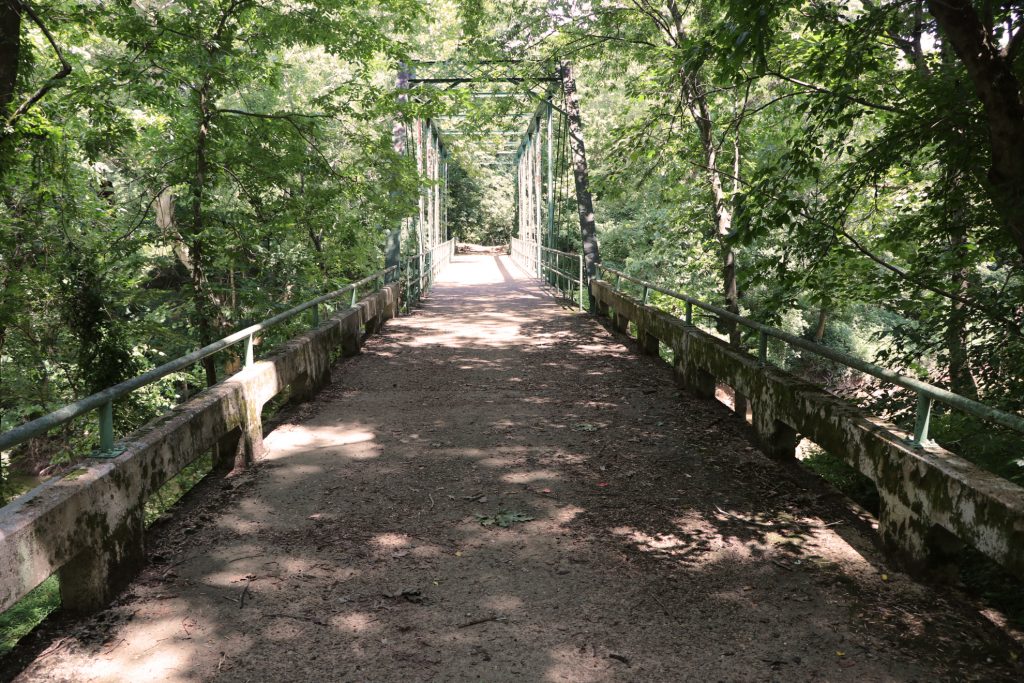
Trail of Tears
The Indian Removal Act of 1830 forced Native Americans to move out west. In 1838-1839, eleven detachments of Cherokee Native Americans went through Port Royal as they ventured west toward the Oklahoma territory. Thousands of them passed through Port Royal. This route and others the Indians took became known as the “Trail of Tears”.
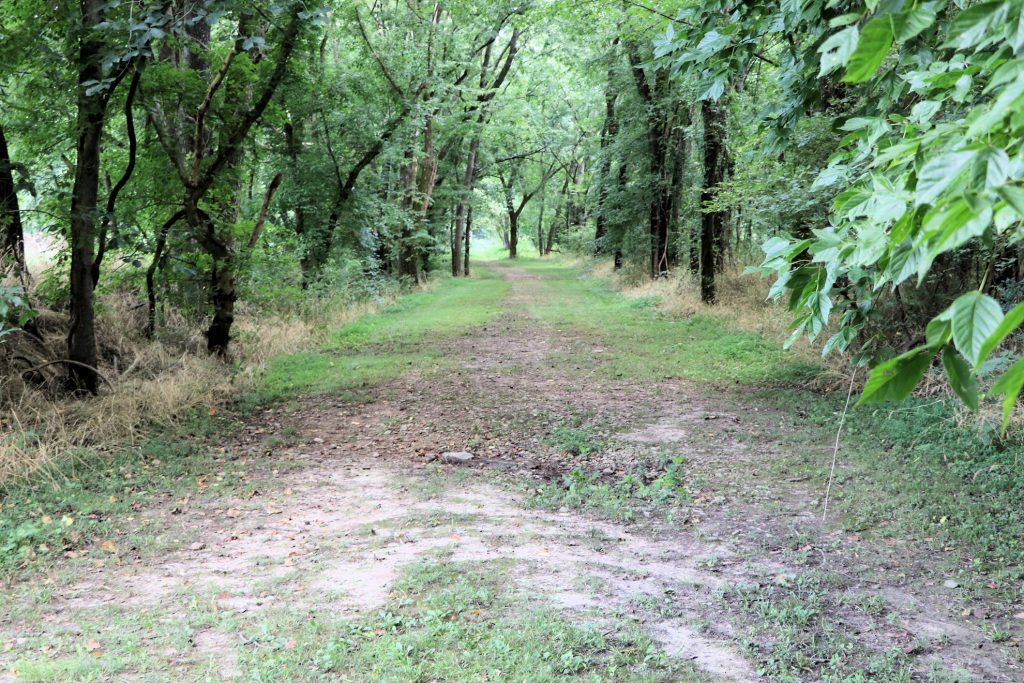
A portion of the Trail of Tears has been preserved in Port Royal today. Visitors can walk down the well-maintained trail and read some interpretive signs at the parking area.
On this path you can see where the approach of the old wooden bridge wyes off to the left of the original trail.
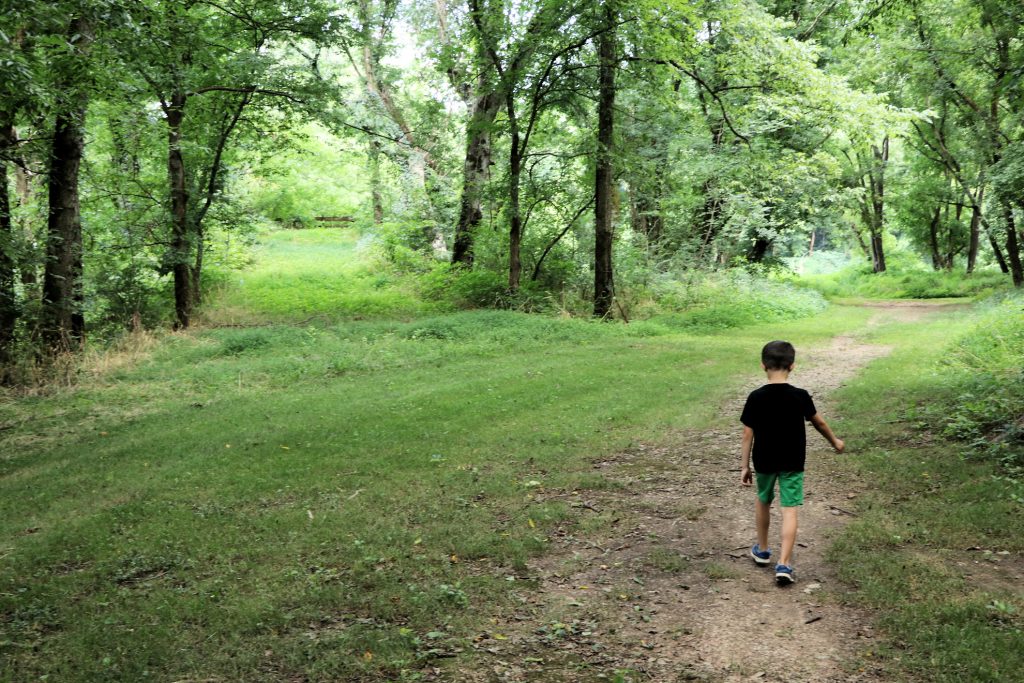
Steamboat Era
When you look at the Red River today, it’s hard to imagine steamboats would travel from Clarksville to Port Royal. But that’s exactly what happened. In the 1830s, steamboats became a popular mode of transportation between Clarksville and Nashville.
The Tennessee State legislator designated the Red River form Clarksville to Port Royal as “navigable”, and in 1845 the first steamboat, appropriately named The Port Royal, began servicing the community. These boats had to be quite small in order to navigate the shallow waters, but they provided an important link to Clarksville and the outside world.
The Bridges of Port Royal
The demise of Port Royal began when railroads were constructed all around the community, bypassing the town in the mid-1800s. Similar to today’s interstate highways, railroads quickly became the best and most efficient way of moving people and goods far and quick.
The town’s reputation as a hub for shipping in the region lessened. Bridges were built across the Red River and the nearby Sulphur Creek to help spur commerce. However, these bridges were frequently destroyed due to the unpredictable flooding of the river.
One of the bridges, constructed in 1887, remains today and is open to foot traffic. The Pratt truss bridge, which is now over 130 years old, crosses Sulphur Creek and once carried the main road between Clarksville and Springville, Tennessee. This road was the main thoroughfare through Port Royal.
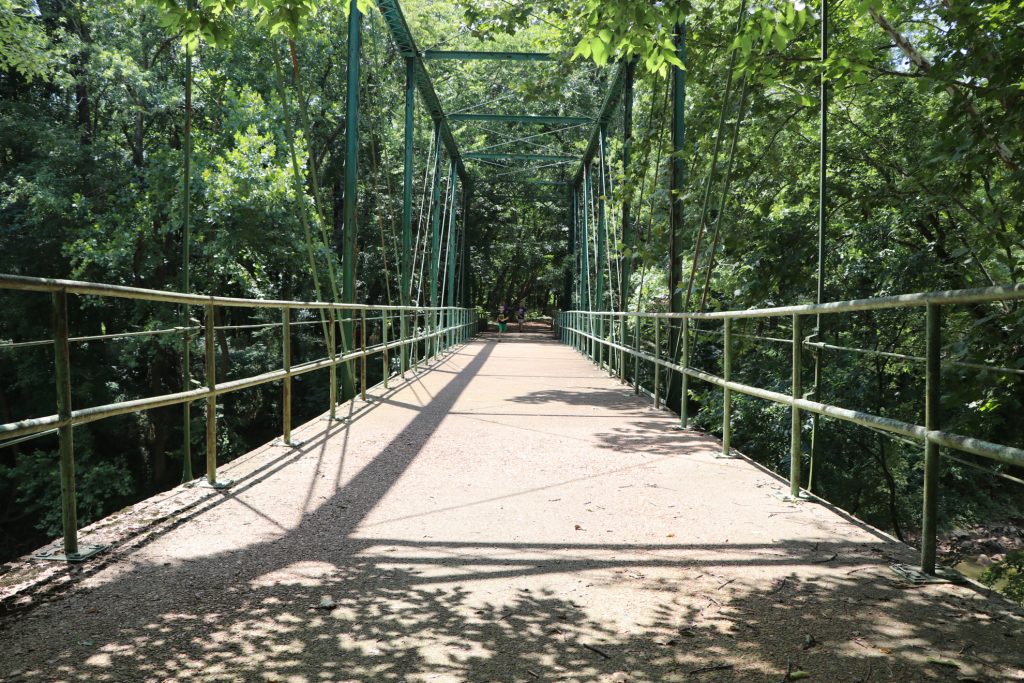
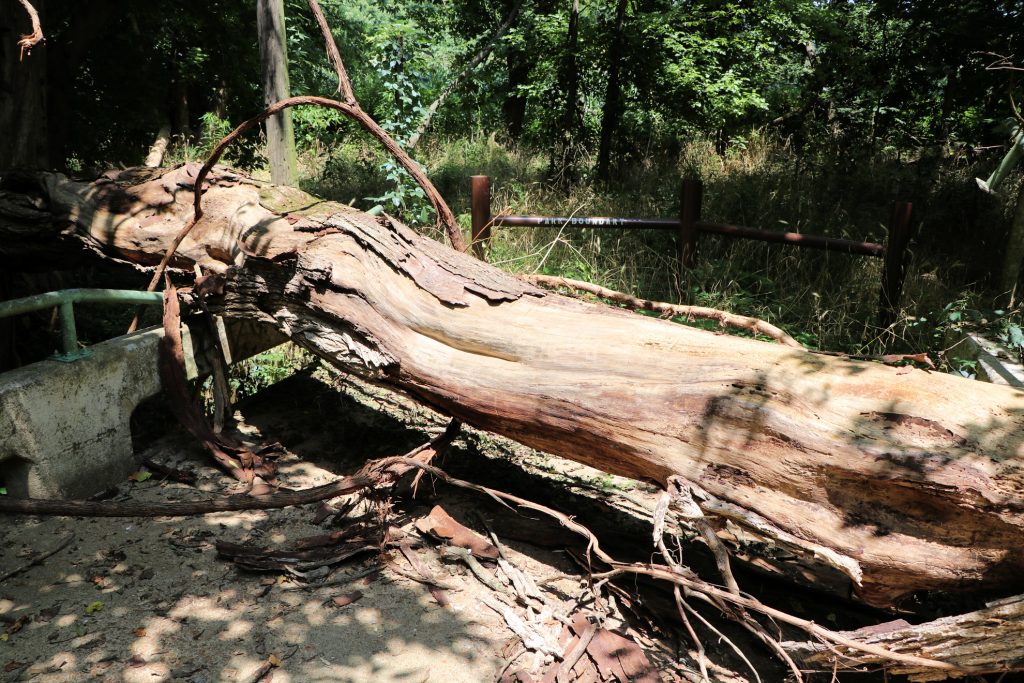
Another bridge existed at Port Royal across the Red River. In 1903, while under construction, the contractor, for some reason, decided he didn’t need a middle pier, which created a very large span. As the workers removed the temporary pilings that held the bridge up, the structure crashed to the ground, injuring several people and killing one.
17-year-old Willie Wooldridge was near the bridge when the collapse occurred. Gravely injured, he was taken to the nearby Masonic Lodge building in the upper floor to receive medical attention from the doctor. However, nothing could be done to save him, and he died soon thereafter.
His mother arrived shortly afterwards and overcome by grief, she died there as well. It is said that both of their ghosts still haunt the lodge building today.
A covered bridge was built shortly afterwards with a center support pier. This old wooden bridge was replaced by a modern highway bridge in 1955 which is still used today. The covered bridge stayed in place until the 1970s, falling a part until a flood finished it off. A replica bridge was built, only to be destroyed again by another flood in June 1998. All that is left of the bridge are the two main piers. The middle pier, in the riverbed, is now just a pile of rocks.
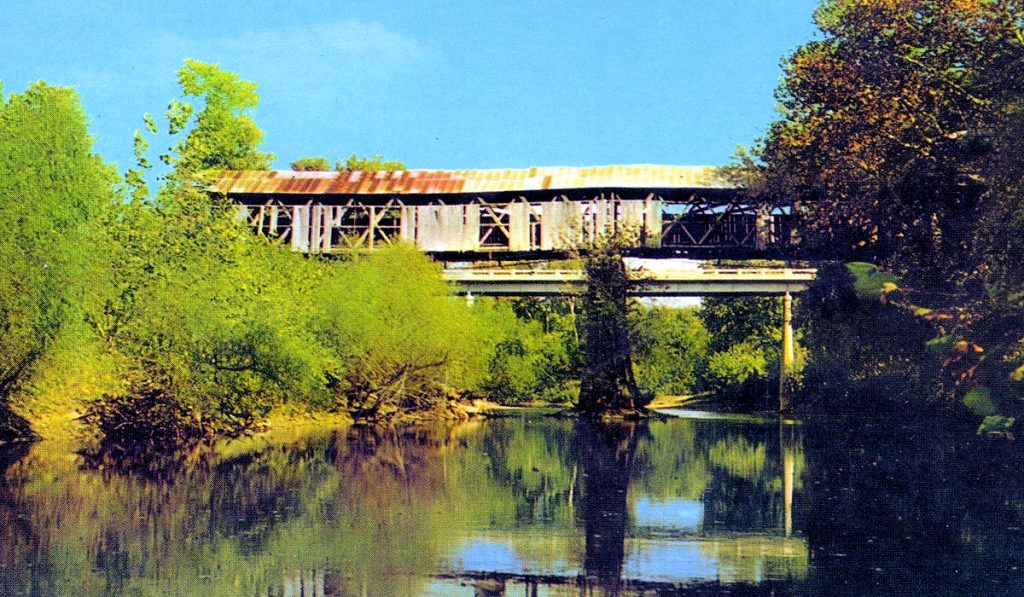
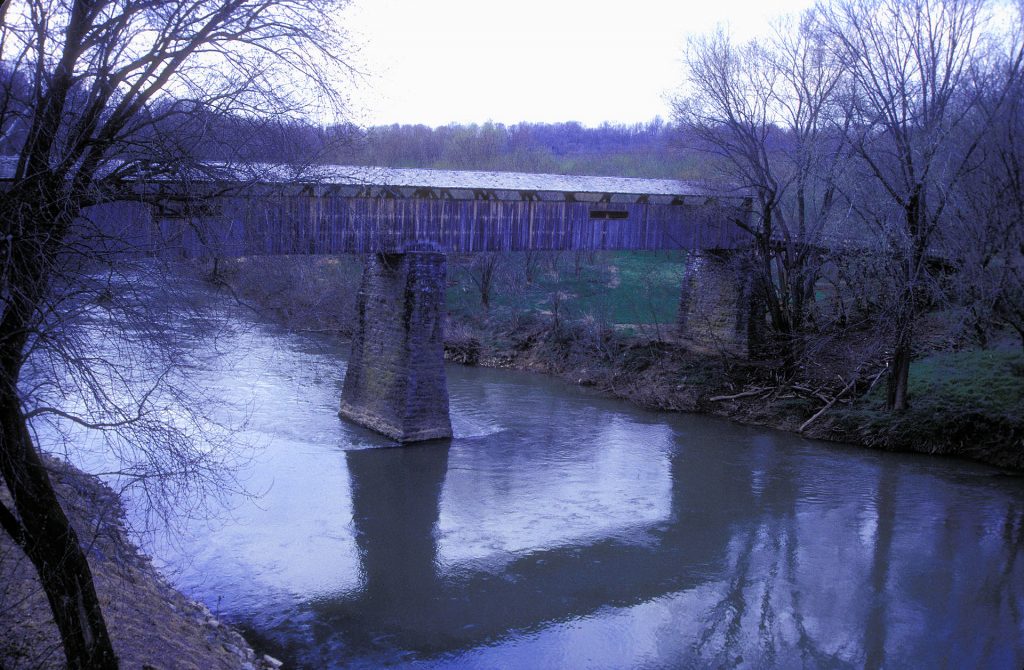
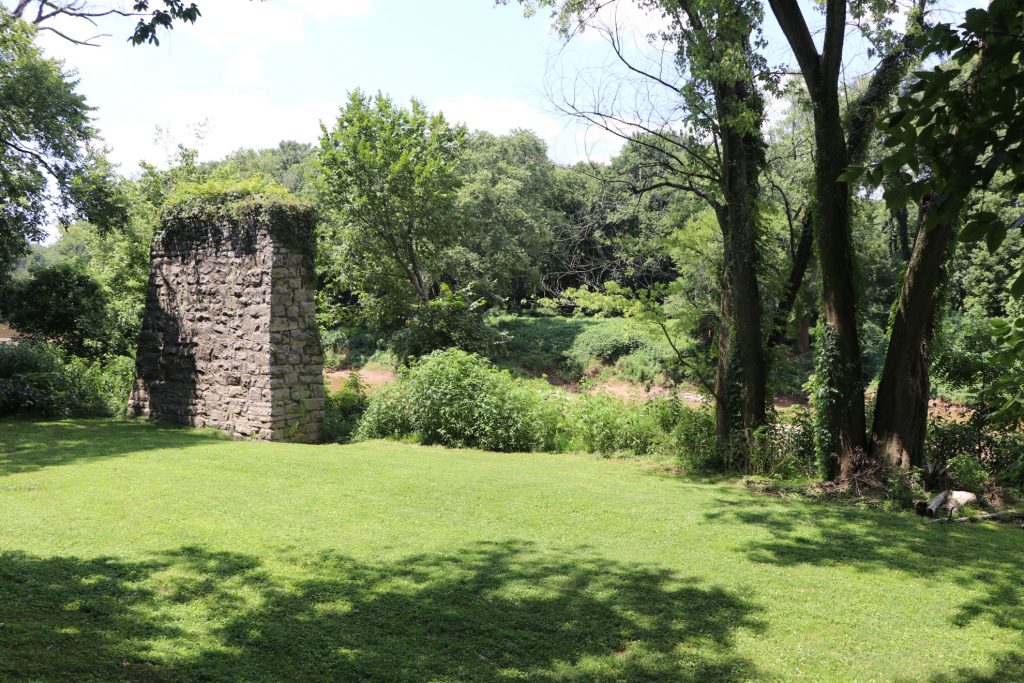
The Buildings of Port Royal
The Masonic Lodge is the only building that remains at Port Royal. Constructed in 1859 with the lodge upstairs and a general store downstairs, the building served the community for close to 100 years. The Port Royal Post Office was here and the first telephone exchange.
A tornado altered the appearance of the building in 1921. The storm took out the second floor, so the decision was made to cap the building and make it a one-story structure. At this point, the local chapter of the Masons had merged with another and was no longer using the second floor.
After the post office closed in 1941 with the general store following in the 1950s, the vacant building became dilapidated. The State of Tennessee purchased the 160-year-old structure and the land around it and began restoring it. While more work needs to be done inside, the outside of the building has been refurbished. It is currently closed to the public, but plans are for the building to eventually become a visitor’s center.
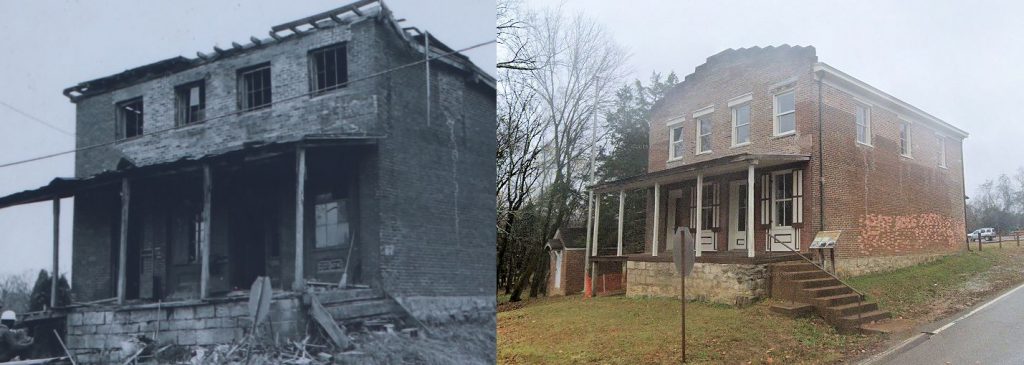
Other remnants of buildings exist in the park, namely some stone foundations dating back to the 19th century. There were several businesses at Port Royal, including silversmiths, blacksmiths, grocers, doctors, dry goods stores, furniture makers, tailors, shoemakers and even a short-lived silk mill in the 1840s.
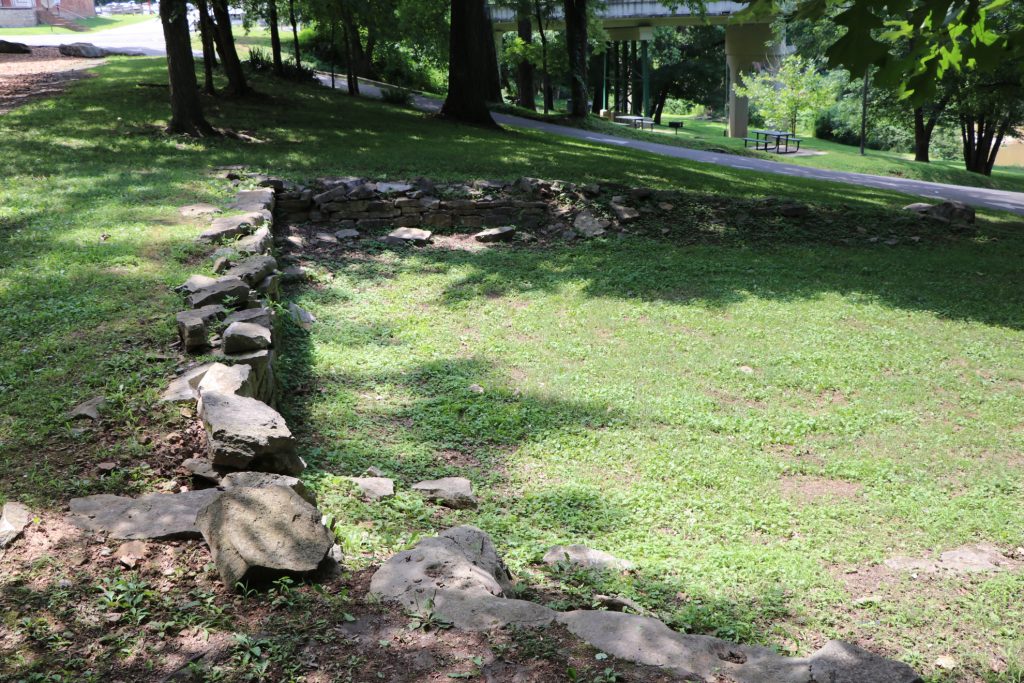
Port Royal State Park Today
Visitors can enjoy the state park today with hiking, canoeing/kayaking, fishing, wildlife viewing and reading about the historical features of the park. The Trail of Tears has a small interpretive area and a walking trail. Several signs are on display throughout the part detailing the historical significance of the town. The 1887 Pratt truss bridge can be explored as well as the remains of the covered bridge that crossed the Red River in the during the 20th Century.
One thing that we noticed while on the banks of the Red River was the enormity of the floodwaters this river has experienced. We noticed driftwood lodged up under the Highway 238 bridge, becoming stuck with no other explanation than a severe, massive flood at one point.
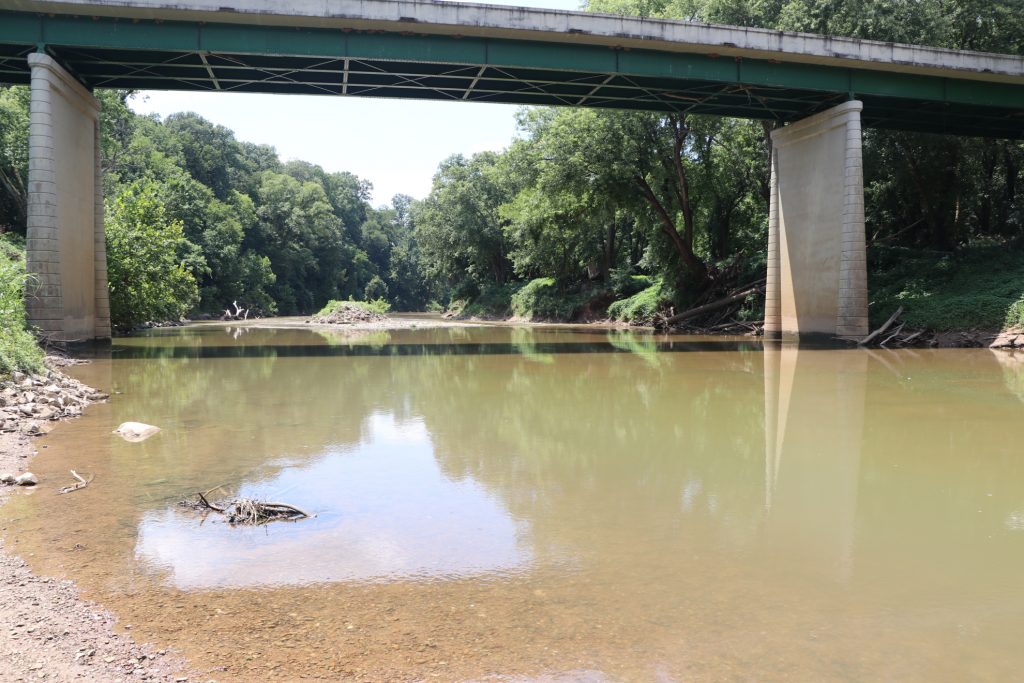
While doing research for this article, our suspicions a massive flood proved to be true. Middle Tennessee experienced record-breaking flooding in the spring of 2010, affecting Port Royal and the Red River valley.
The river crested at 49.48 feet at Port Royal on May 3, 2010, which flooded the highway with waters up to the bridge. This is well over 40 feet above normal. Sitting down there at the river knowing it can rise that high is amazing – and seeing proof with the debris stuck in the bridge way up there is crazy.
If you’re in the Clarksville area and you’re looking for something to do, check out Port Royal State Park. It’s a great place to spend the afternoon exploring.
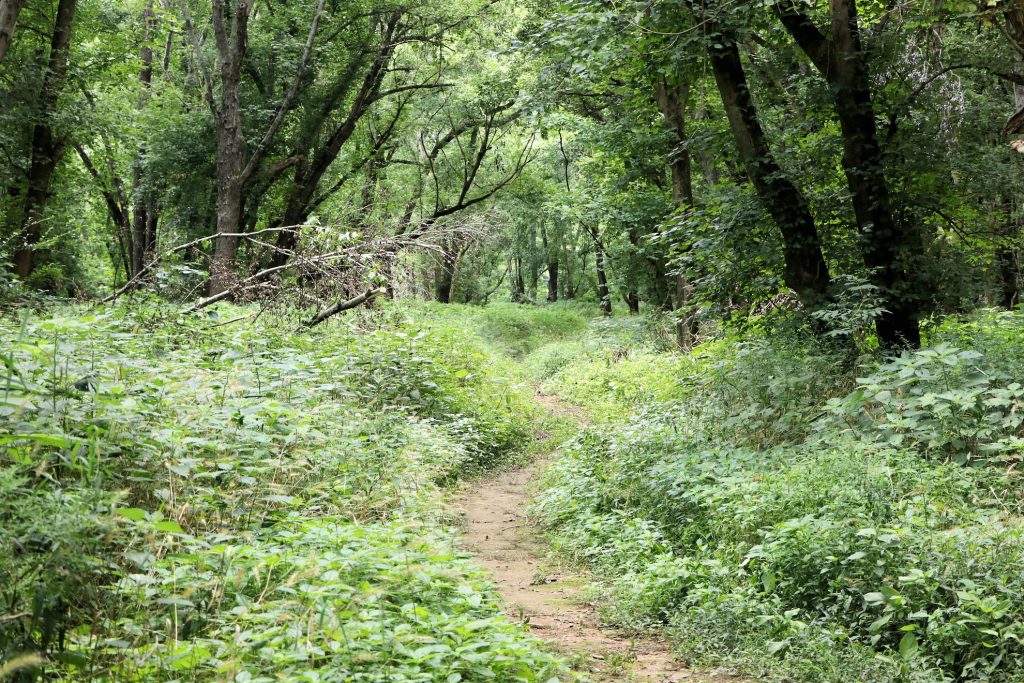


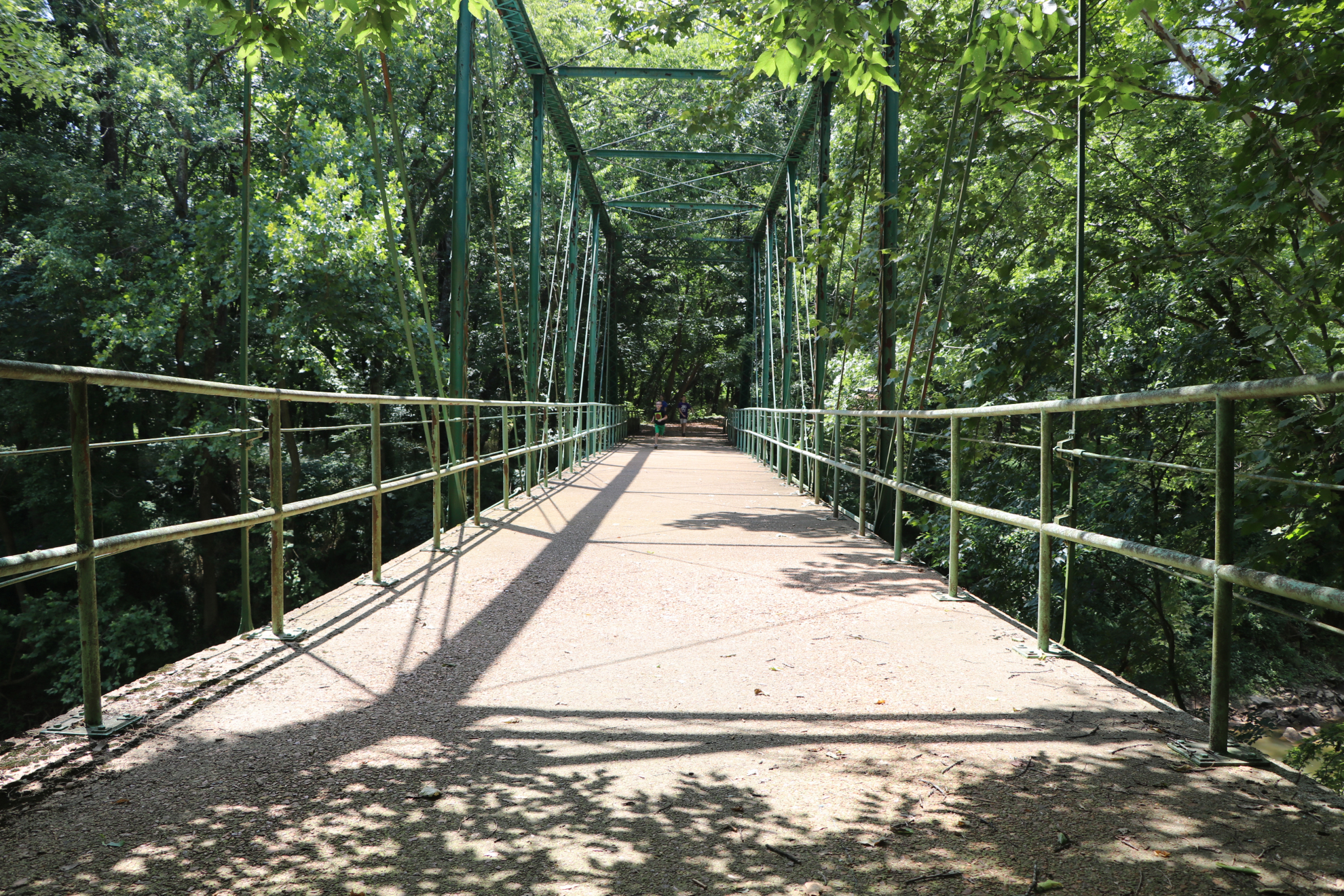



Pingback: Big Springs Cave in Princeton - Four Rivers Explorer